A stone monument is an integral part of a historic city.There are various types of stone monuments such as monuments, song monuments, verse monuments, poetry monuments, and signposts.Here are some of the occasional inquiries from the Ise City Tourism Association.

table of contents
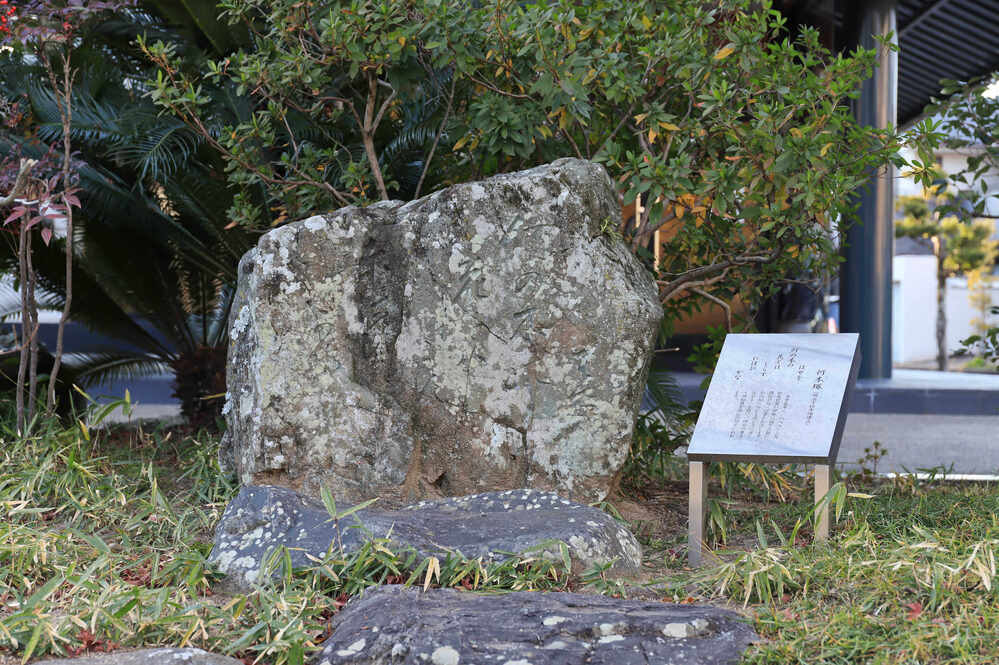
Matsuo Basho, one of the best haiku masters in Japanese history, was born as the second son of a low-ranking samurai in Iga Ueno (currently Akasaka Town, Uenoshi City, Mie Prefecture). Basho is said to have visited Ise six times in his life.Ise, the land associated with the priest Arakida Moritake, the ancestor of the respected Saigyo priest and haiku, must have been a land that Basho longed for.The inscription "Hohikana without what kind of tree flower" was written in 6 (Jokyo 1688th year) when Basho was 5 years old and stopped by Ise during his trip to "Shobun no Kobun".The phrase was written based on the heart of Saigyo Hoshi who wrote the shrine, and is expressed by the mysterious "Nihohi" floating in the outer shrine.
Address: 1-chome, Okamoto, Ise City, Mie Prefecture
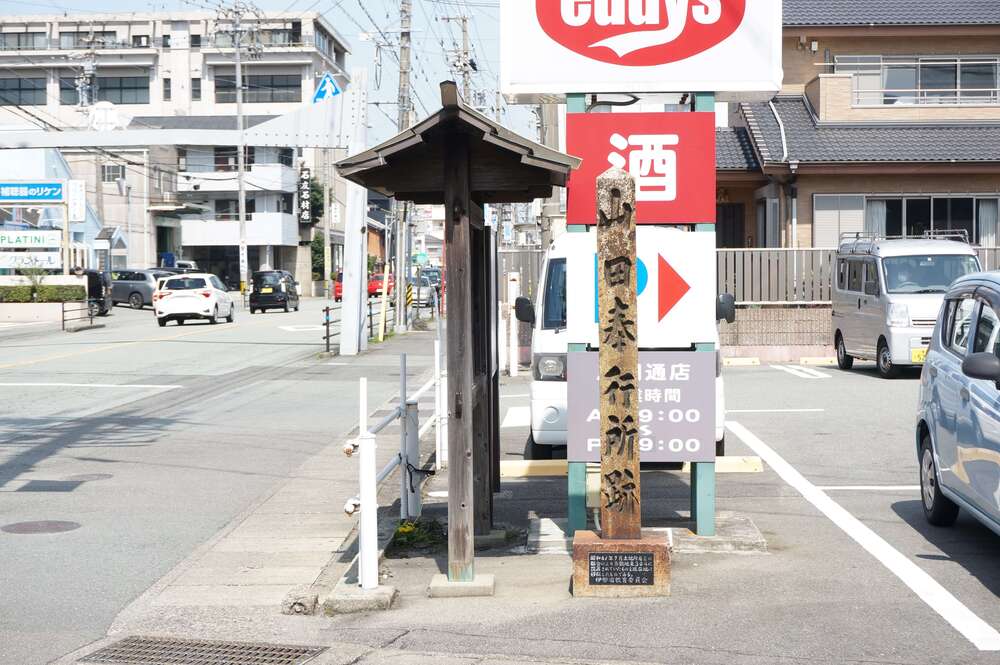
The Yamada Bugyosho is one of the Ongoku magistrates established by the Shogunate in Ise during the Edo period.It is a famous story that Tadashi Ooka Noto Mamoru (later Echizen Mamoru) came as a magistrate.The duties of the Yamada Bugyosho were to guard the Ise Jingu, supervise the relocation of the shrine, control the territory of the Ise Kokusho Shogunate, and monitor Toba Port.Regarding the location of the Machi-bugyō, it seems that it was originally based in Aritaki along the coast, west of Miyagawa.There are also three places called the ruins of government offices and mansions in the outer shrine area (Yamada), and these are considered to be "public courts" (the government offices where the magistrates traveled from the headquarters to handle the processing).After the Ippongi government office in Fukiage, a monument to the ruins of the magistrate's office stands quietly.
* A monument to the remains of the magistrate's office is also built in Kobayashi, Misono-cho, which was based until the Meiji era.In addition, there is the Yamada Machi-bugyo Memorial Hall where you can find out about the Machi-bugyo, so please visit that as well.
Address: 2-5-3 Fukiage, Ise City, Mie Prefecture Next to the parking lot of Gyutora Edise Hachimandori
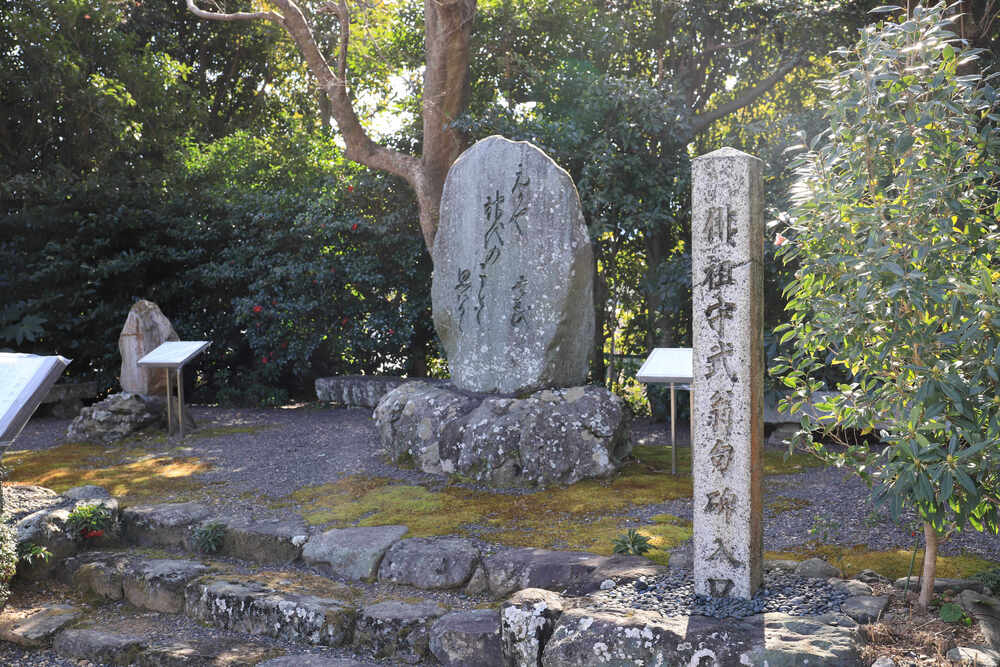
Arakida Moritake, the founder of the poet, was born in the late Muromachi period (1473-1549) to the Arakida family, who worked for Naiku's green onions.From early on, he excels in renga, and from the renga with many promises, he established a renga renga with the aim of being simple and humorous, and was called "the ancestor of renku."
The representative phrase "I think about New Year's Day and Kamidai" engraved on the monument was made by Moritake Arakida when he was 64 years old.It was built in a corner of the Jingu Rose Garden near the ruins of the old house to commemorate the 410th anniversary of his death.
Address: 152 Ujinakanokiricho, Ise City, Mie Prefecture
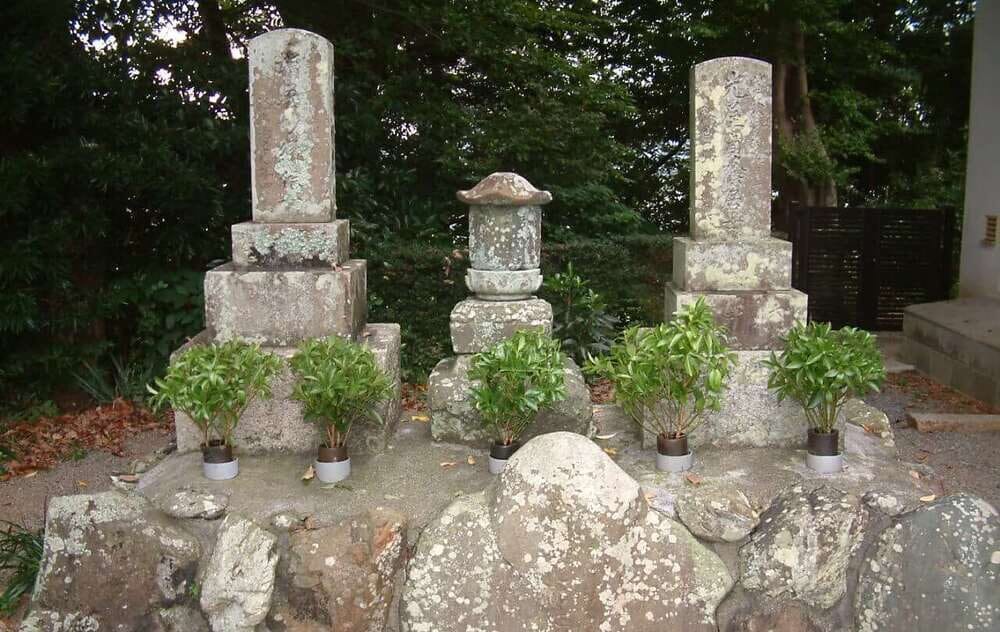
It is a mound in Dairinji, Ise City, which mourns the bodhisattva of "Son Fukusai" and "Okon" of the oil shop turmoil (nine blade wounds that originated from the fact that a familiar prostitute was taken by another tatami room).This incident became Kabuki "Ise Ondo Koi Sleeping Blade" and has become a popular performance.The tomb on the left is the dark blue tomb, the tomb on the right is Son Fukusai, and the center is Rokujizo.Even now, when a stage is held on the subject of the oil shop turmoil, the actors who appear will always visit this bodhi.
Address: 97 Furuichicho, Ise City, Mie Prefecture
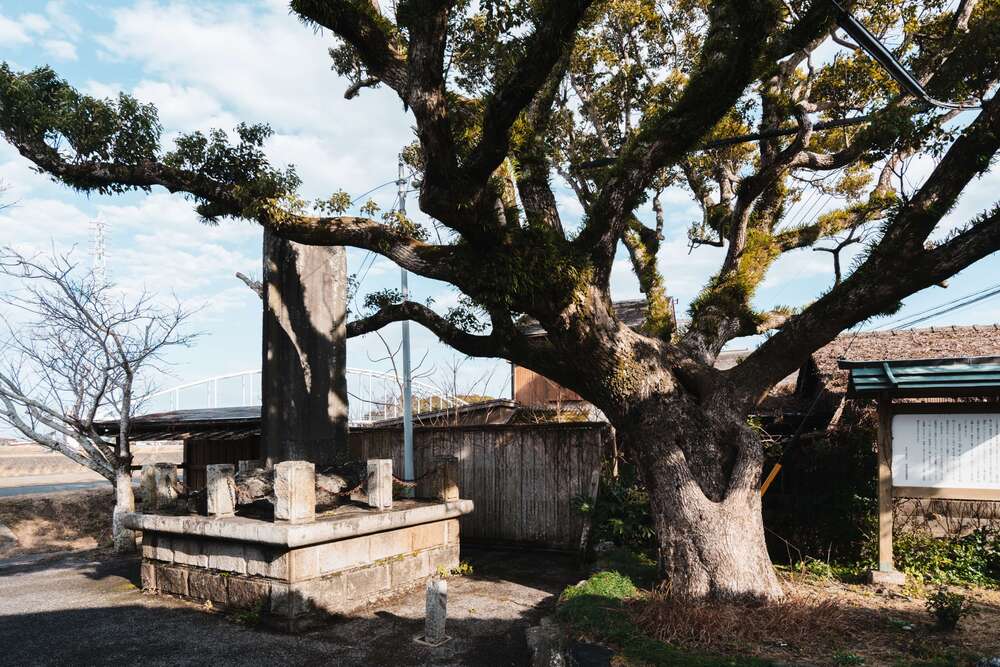
In the 5th year of the Meiji era, Emperor Meiji climbed the Seta River from a warship moored in Ise Bay by a small boat, landed in the Jinkyu district, which was the landing place for the Funa Shrine, and visited the outer and inner shrines of Ise Jingu.The monument at that time is left.The successive emperors only sent a messenger, and the emperor himself was the first to visit Ise Jingu.Jinkyu, which was the landing place for Funasangu, was named Niken Chaya because there were two teahouses at that time.
Address: Jinkyu, Ise City, Mie Prefecture